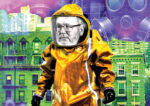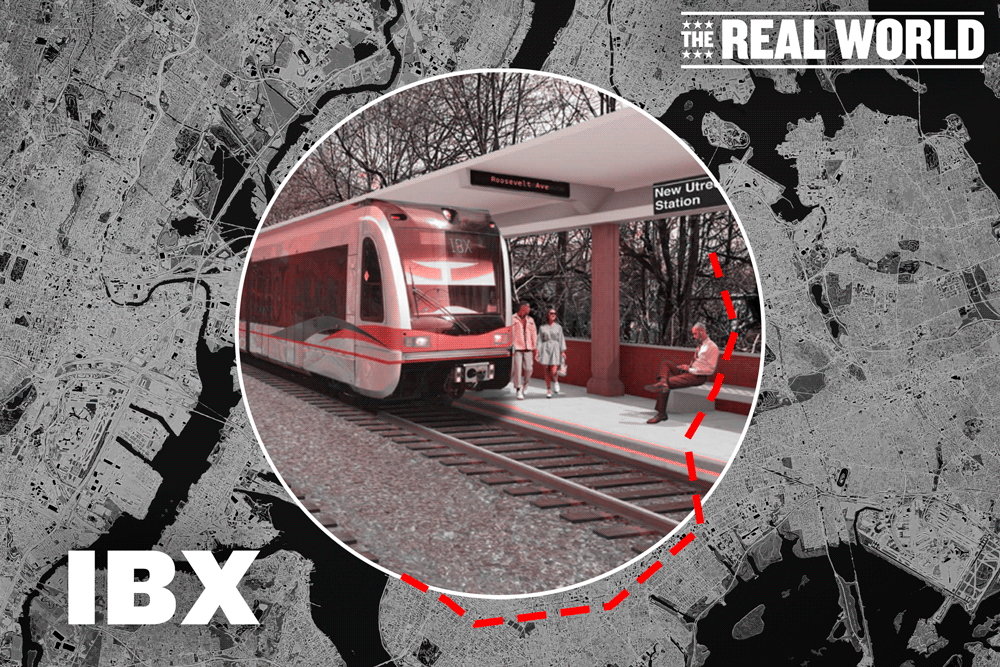Rent-stabilized Distress On The Rise, Lender Says
Distress is growing in New York’s rent-stablized housing stock.
One school of thought says that distress is the result of bad actors — speculative buyers, aggressive lenders — and elevated interest rates.
But some data has begun to run counter to that narrative. It’s not just risk-seeking buyers that are getting hit, according to a recent report from nonprofit lender Community Preservation Corp.
Even affordable housing projects that borrowed money at fixed interest rates are seeing signs of distress. Many of those are owned by not-for-profit landlords who have regulatory agreements with the city. In CPC’s portfolio, which is 100 percent rent-stabilized, foreclosures, delinquencies and financial trouble have all grown in recent years.
The number of foreclosures has increased eightfold since 2022, while the delinquency rate has more than doubled. Nearly 30 percent of buildings don’t make enough in operating income to fully service their debt.
The numbers hint that distress in the rent-stabilized housing stock, brought on by high interest rates, rising expenses and tenant-friendly statewide laws, will not be contained. With a rent freeze as a central promise of Democratic nominee Zohran Mamdani’s campaign for mayor, players like CPC are concerned that the most affordable units with the lowest-income tenants will feel the squeeze first.
“You think, ‘Well, if we put stuff in the hands of not-for-profits with long-term fixed-rate debt, everything will be okay,’” said Robert Riggs, senior vice president and New York regional director at CPC. “And that’s not true.”
CPC’s portfolio avoids many of the issues that trap other rent-stabilized buildings into a distress loop. The buildings carry fixed-rate debt, so they’re not affected by rising interest rates, and very little of it — about $60,000 per unit.
But those homes are more susceptible to rising expenses because they have less room to grow their rents. A 2 percent increase on $1,000 doesn’t go as far as the same increase on $2,000.
The foreclosures and delinquencies for CPC’s portfolio are still fairly low compared to what’s happening elsewhere in the industry. But they are trending in the wrong direction. Foreclosures have increased from 2 in 2023 to 16 at the end of last year, while delinquencies have risen from about 3 percent to 8 percent in that same time.
CPC also surveys its borrowers about their finances. Of respondents, 28 percent did not have the operating income to fully cover their debt.
For the five years ending last December, expenses per unit increased by 22 percent. Some of that was driven by property insurance costs, which increased 52 percent in that time.
“The most pain, in terms of the building and the viability of the asset, is going to be inflicted upon the most affordable buildings,” Riggs said.
Read more

Inside a nonprofit’s effort to clean up billions in rent-stabilized debt

Can a nonprofit clean up Signature’s “toxic” debt?

Related, Community Preservation Corp win stake in Signature rent-stabilized loans




